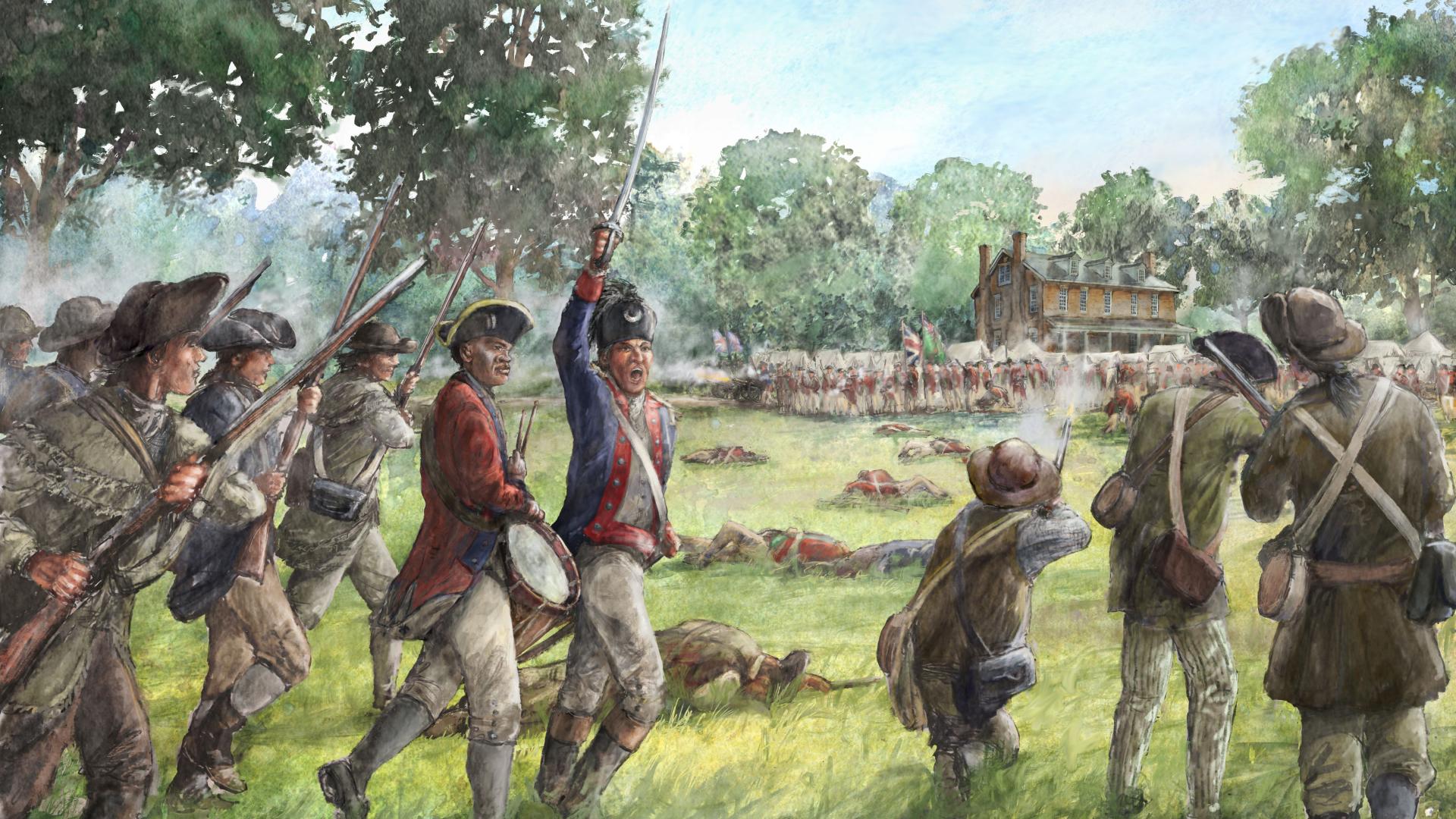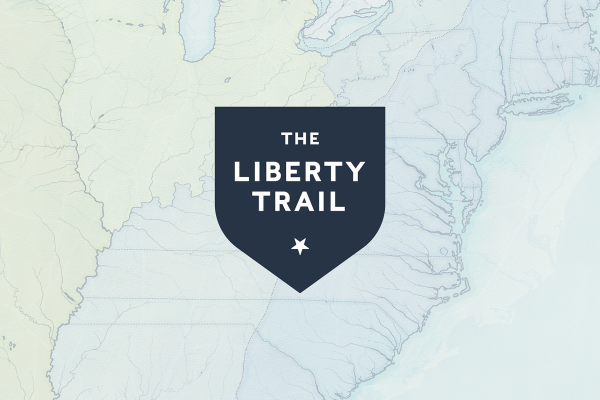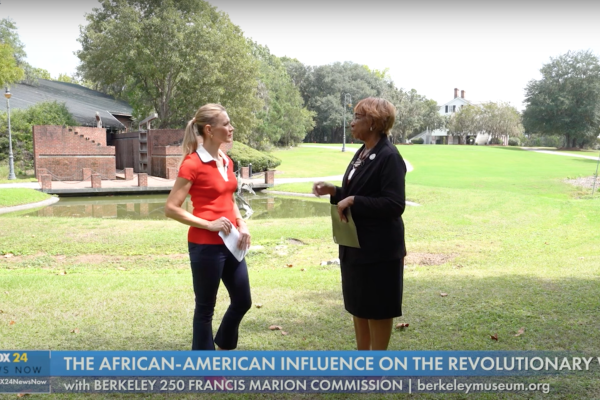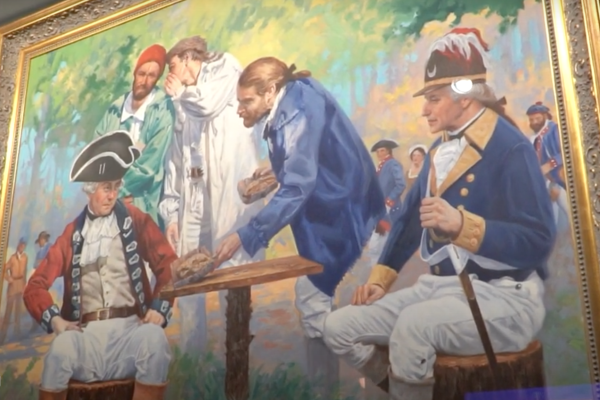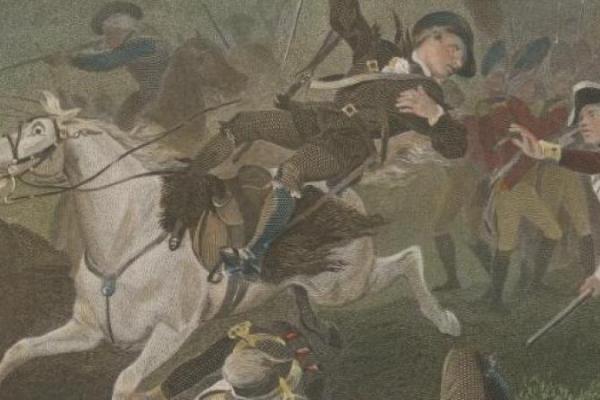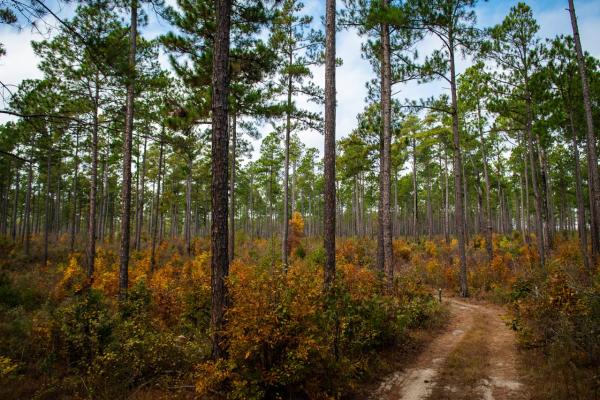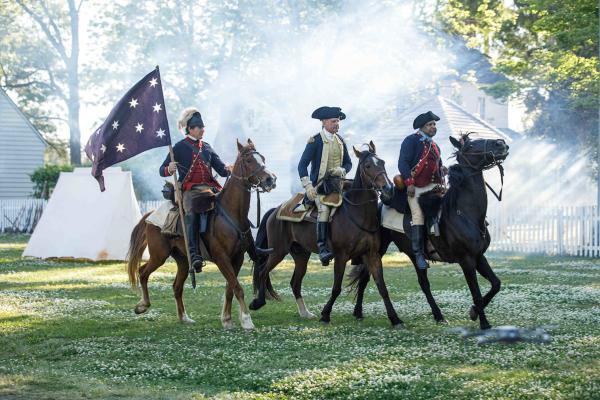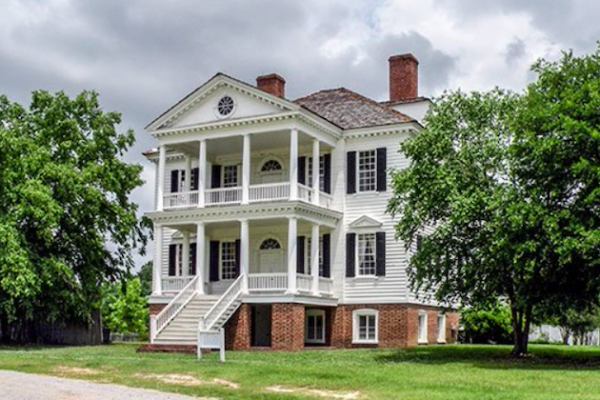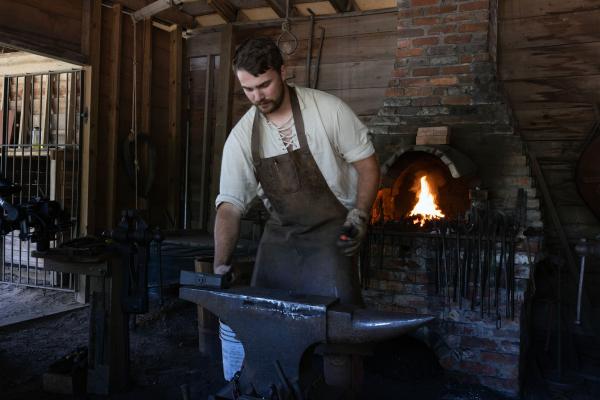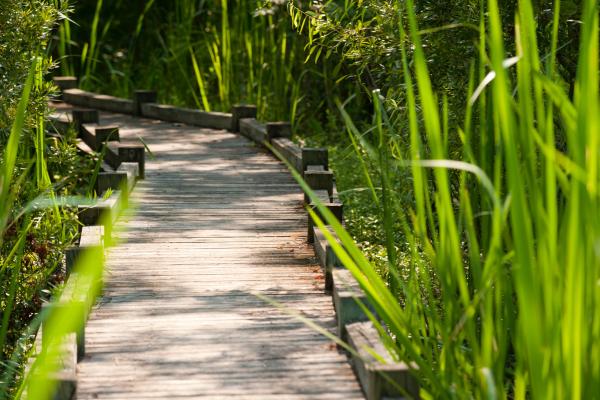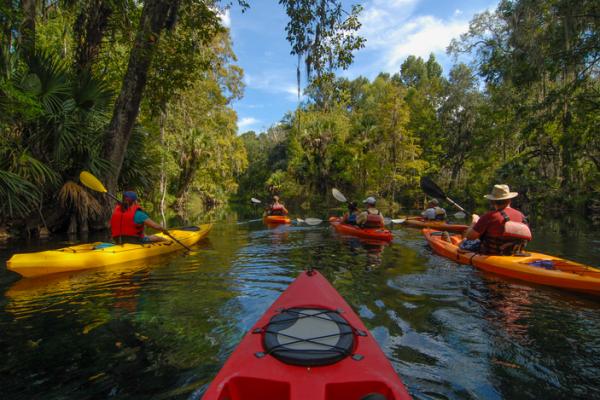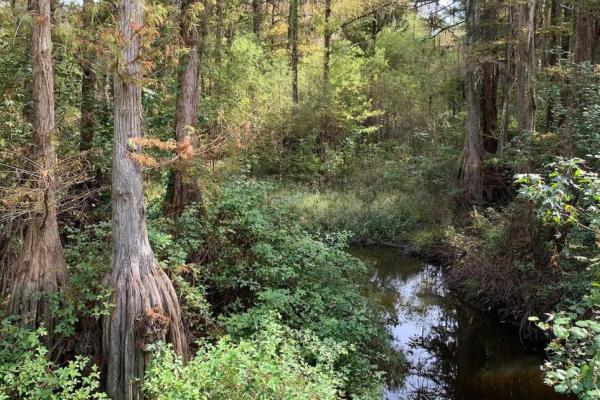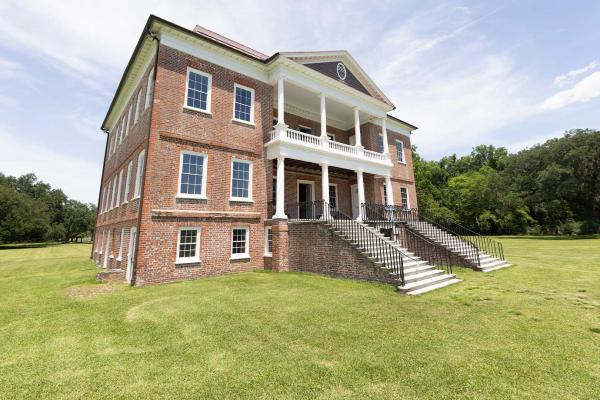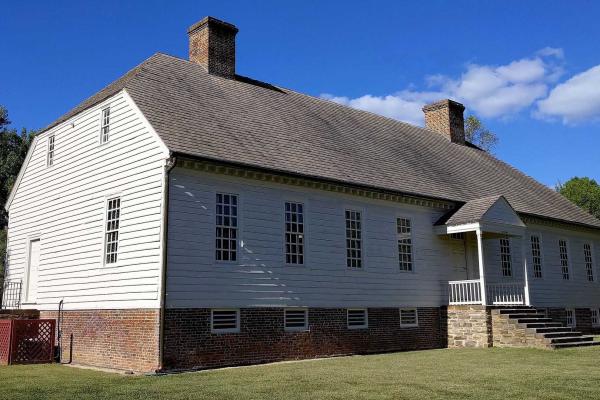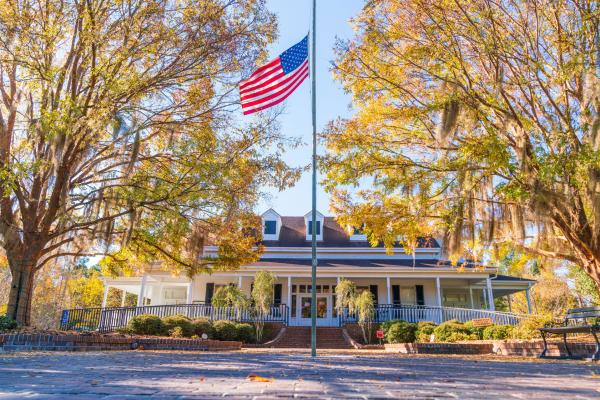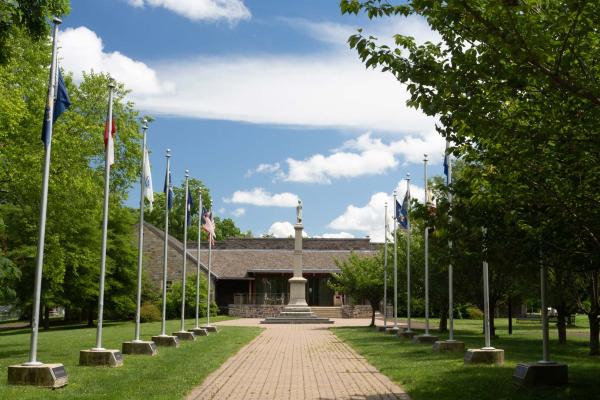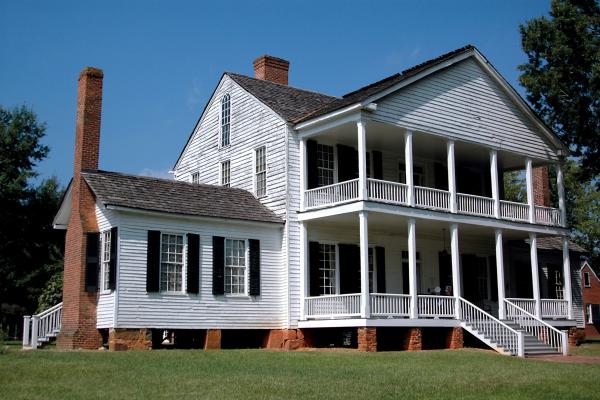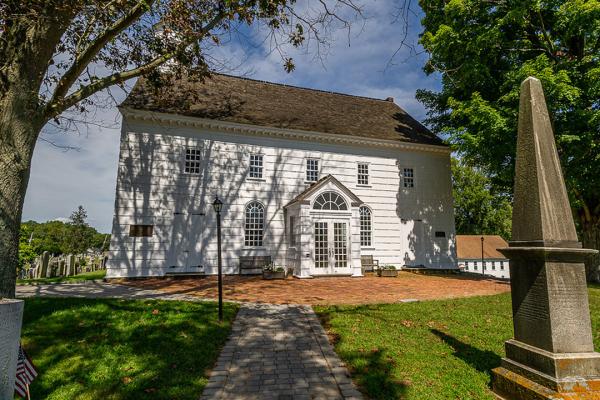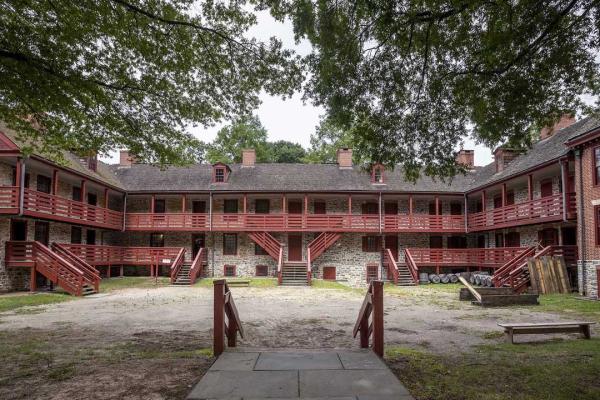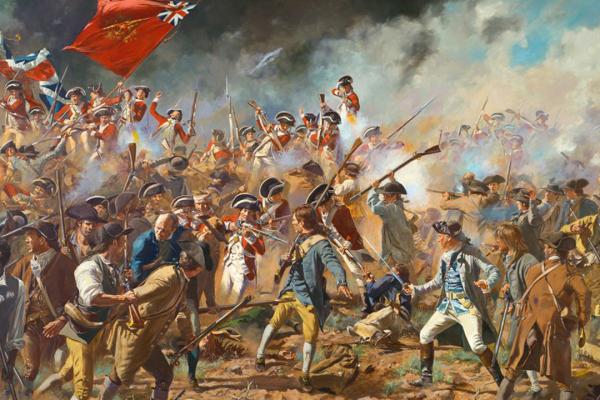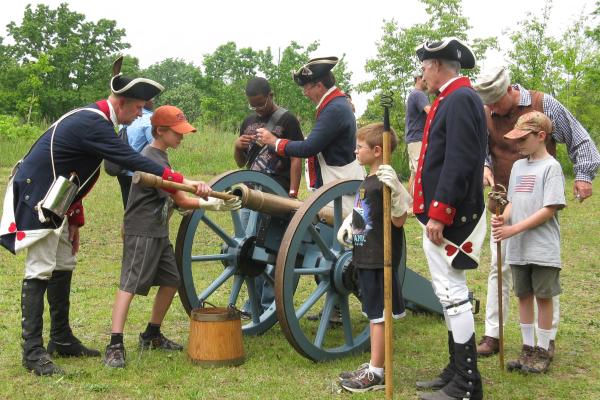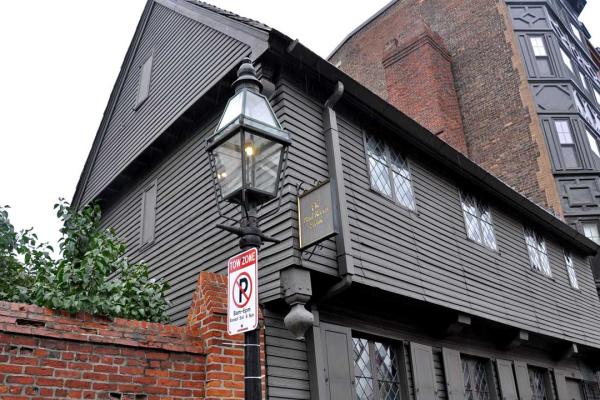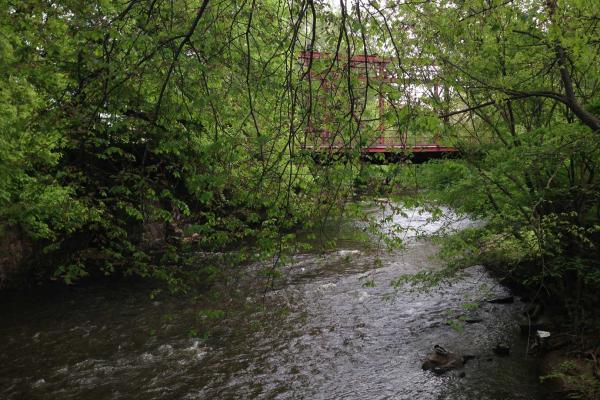Video/Audio |
Adrienne Whaley, Director of Education and Community Engagement at the Museum of the American Revolution and Bert Dunkerly, historian, award-winning author, and Park Ranger at the Richmond National...
Video/Audio |
Meet local America's Field Trip winner Milo Bhushan and his mom Kacie as they share highlights from their trip to Yellowstone . Milo’s winning essay, "What Does America Mean to You?", touched hearts...
Video/Audio |
Eleanor Cooper Brown, Research Committee Co-Chair of the Berkeley 250 Francis Marion Commission, highlights the significant contributions of African-Americans and People of Color during the...
Video/Audio |
Shanda Phillips and Catherine Noyes join us on location at the Berkeley County Museum for a look at the American Revolution Experience 🎖️. Don’t miss this deep dive into South Carolina’s pivotal role...
Video/Audio |
From Fox 24 News Now: The Liberty Trail brings history to life! Join FOX 24 News Now Reporter Taylor Miller as she explores the Fort Fair Lawn Battlefield, one of the 30 incredible sites showcasing...
Video/Audio |
Reposted from battlefields.org Share to Google Classroom Added by 32 Educators Nearly 242 years ago British Major Patrick Ferguson deployed his command on a series of hills two miles inside the South...
Uncovering History
We invite you to visit the preserved locations along the Liberty Trail and to immerse
yourself in the extraordinary events that determined the fate of a nation.
Exploring History
We invite you to visit the preserved locations along the Liberty Trail and to immerse yourself
in the extraordinary events that determined the fate of a nation.
